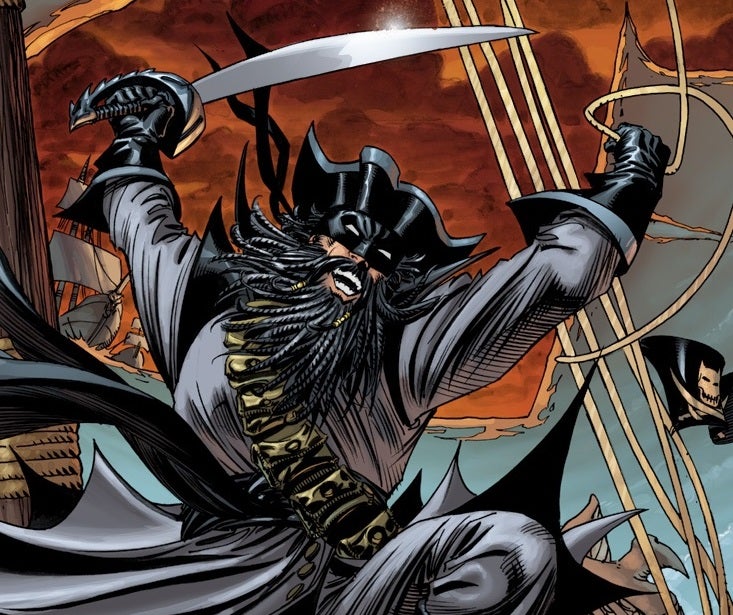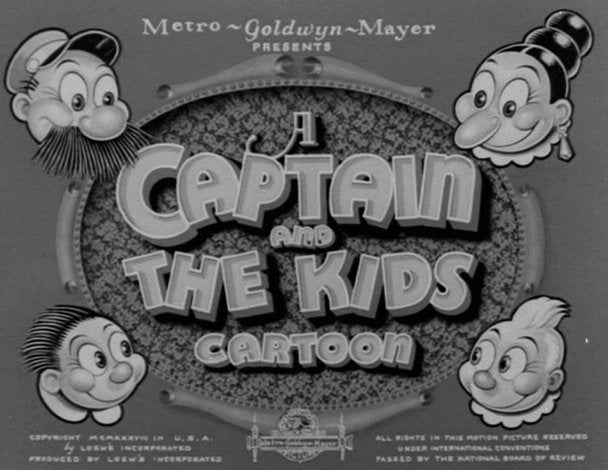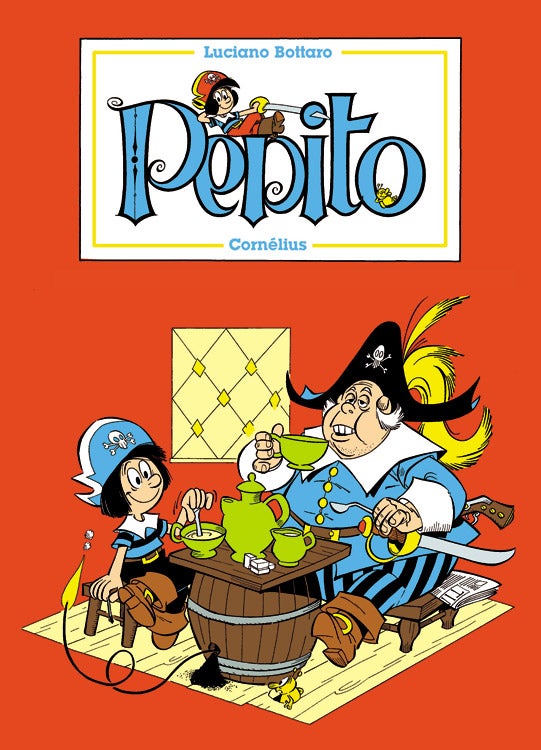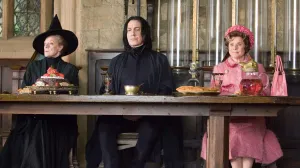
That means I’m seeing a lot of people talking like pirates. And when I do? Well, it makes me think about some of my own favorite pirates.
Videos by ComicBook.com
And there have been some good ones in comics. Even though the era of pirate stories was largely passed by the time mainstream American comics happened, that doesn’t mean we don’t occasionally get one that’s pretty cool.
So let’s take a look at those…
Blackbeard (Batman) and Leatherwing (also Batman)
Yes, Batman was a pirate.
During The Return of Bruce Wayne, as the titular hero worked his way through history to the modern day, one of the various iterations of Batman that Grant Morrison had him become was a pirate.
Here’s the story — when Batman became Blackbeard, per the comic’s Wikipedia entry:
Wayne appears in the 18th century, where he is confronted by legendary pirate Blackbeard. Blackbeard believes Wayne is the fabled Black Pirate, and demands he lead him to one of the most famous treasures he is known to have stolen—that of the Miagani, a primitive tribe of “Bat-People” descended from the cavemen that Bruce encountered, who immortalized his prehistoric exploits as the god “Barbatos”. Blackbeard’s other captive, a boy named Jack Loggins confides in Wayne that he is the grandson of the Black Pirate. Jack then helps Wayne stage a deception that disposes of Blackbeard and all but one of his crew. Afterward, the Miagani guide Wayne to the deepest part of their caves, where he finds his own cape and cowl, left hanging there after his arrival in prehistory. The cape stirs Wayne’s memories, and before they fade once more, he instructs Jack to write an account of these events, and place it in a box marked with a bat symbol to be entrusted to the Wayne family. At dawn, Bruce disappears into the timestream once more, moving forward to the late 19th century, and the Wild West.
Ironically, that wasn’t the first time Batman has been a pirate. In Detective Comics Annual #7, the story titled “Batman: Leatherwing” had a similar setup. In the story Leatherwing, captain of the Flying Fox, he is employed by King James of England to pillage rivaling countries’ ships, though he keeps a share for himself and his men. He wears a costume to protect his family name, since England would be appalled at one of her children running about the seas like he does. He raids ship and collects gold in the hope that he will one day have enough to buy back the land of his parents, which were stolen from him when they were murdered.
And, hey! He’s got an Italian butler named Alfredo!

Yes, The Thing was also a pirate. In fact, also Blackbeard.
Here’s how it went down, according to our resident Fantastic Four expert, Michael Brown:
Yeah. Ben Grimm IS Blackbeard in the Marvel Universe. It’s in FF #5. It popped up as a reference in Slott’s Spider-Man while he was a member of the Future Foundation. Also, Deadpool once met Pirate Thing while he was Hulkified (I think). Also, it was a purely one-panel visual nod in Age of Ultron when time was broken.
It pops up now and again, basically.
It’s been depicted in at least two (I think) FF cartoons: The 60’s one and the 90s one both had episodes where Ben ended up in a pirate costume. At least I’m almost certain about those.
[In the original story], Ben basically does a “woe is me there is nothing in the future for me but here I’m a leader of men” thing and tries to stay in the past but there’s a storm and Doom’s time platform grabs him anyway.
So, yes. More time-travel shenanigans. That seems to be a common theme here!
Tales of the Black Freighter
This one isn’t really time-travel, although everything about it is kind of “period.” The idea of a kid in the ’80s reading a book reminiscent of comics from the ’40s, and having it told as a story-within-the-story, seems weirdly insular even by comic book standards, but because it’s part of Watchmen and because it was adapted into its own, stand-alone animated film, it’s something that will stick with us forever.

Appearing in the long-running strip-and-book comic The Katzenjammer Kids, John Silver was a recurring pirate character who went on adentures with the titular kids. MGM even made a series of animated shorts, Captain and the Kids, which brought the characters to the movies.

Pepito is a young pirate who, in spite of being a pirate, is generally the good guy (that, too, is a recurring theme here, romanticizing the sea life and living without boundaries rather than actual piracy).
Pepito debuted in 1951, first published in the comics magazines Gaie Fantasie and Cucciolo before getting his own series in 1955 in Italy. The comic book lasted just two years in Italy, but had massive international success throughout Europe, including a 27-year run in France.

In the Ultimate Universe, One of Kurt’s closest friends was Angel, with whom he used to steal the Danger Room for Pirates of the Caribbean-like role-playing sessions under the name of “the Dread Captain Blue Tail.”
In the 616 Universe, he’s ACTUALLY had pirate-like attributes applied to him. Because why not?
From contributor Jamie Lovett:
“He fancies himself an Errol Flynn type swashbuckler and often ends up living those fantasies out. He did in a his own miniseries and in Excalibur decades ago, but more recently he did it in Amazing X-Men, when fighting off Azazel’s invasion of heaven.
“So, pirate in spirit if not in fact?”
“The Pirates”
Back to Europe again, there are a group of pirates who are favorite punching bags of Asterix and Obelix.
You can see a bit of it at play here:
The pirates make their first appearance in the fourth album (Asterix the Gladiator), and feature in almost every subsequent album.
The main pirates are based on the French comic series Barbe Rouge. The adventures of Barbe Rouge (Redbeard) and his son Eric were published in Pilote magazine, where Asterix’s adventures were also published prior to appearing in book form.

Undoubtedly the one with the most cultural relevance, Terry and the Pirates was a huge best-seller and one of the few non-superhero comics to come up in most discussions of American comics history, including the brief one written in Wizard: The Comics Magazine in 2000.
A newpaper strip based on the concept ran from 1934 to 1973, and comic books were published periodically, especially in the early days when many comic books were just collections of strips from the newspaper in a paperback magazine format.
Created by Milton Caniff, the strip was read by 31 million newspaper subscribers between 1934 and 1946. It was revived for two years in 1995 by the Brothers Hildebrandt and David Uslan.








